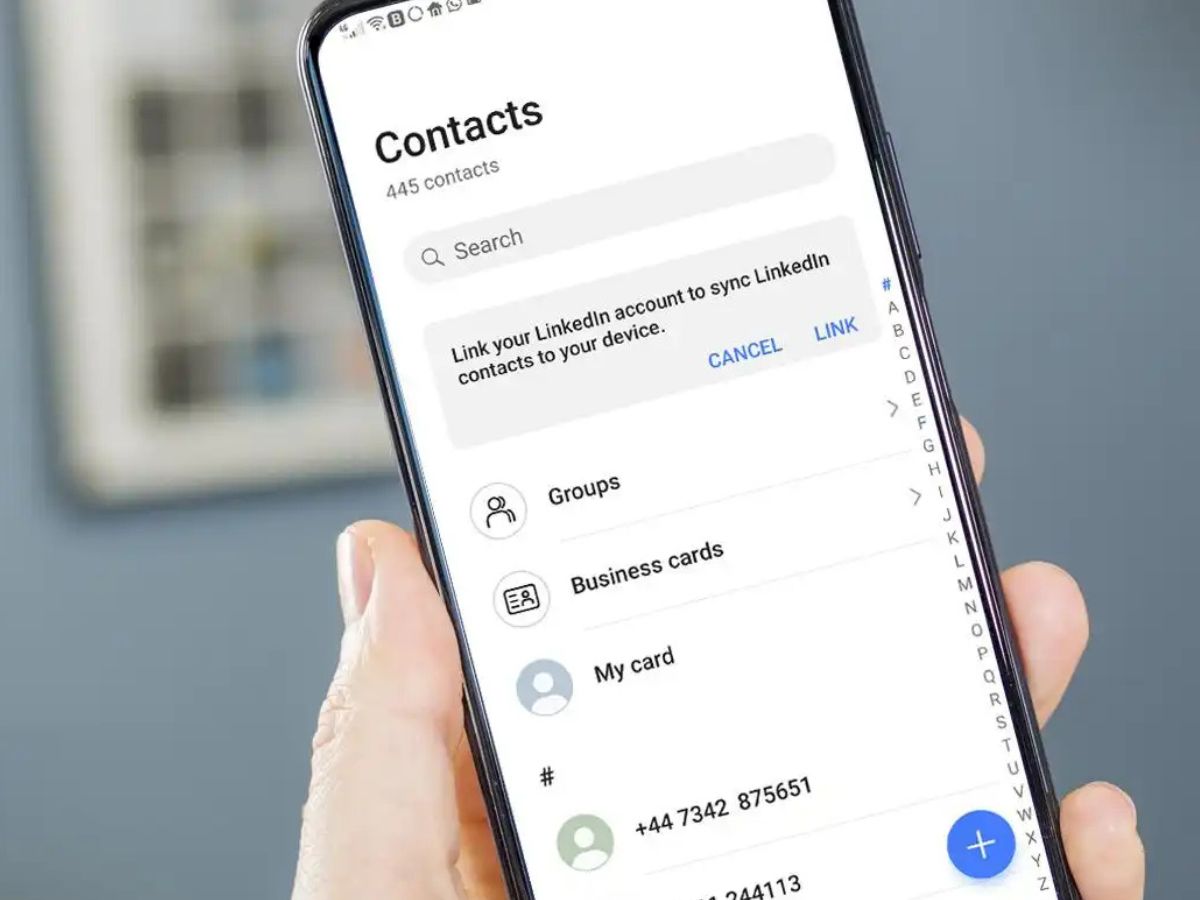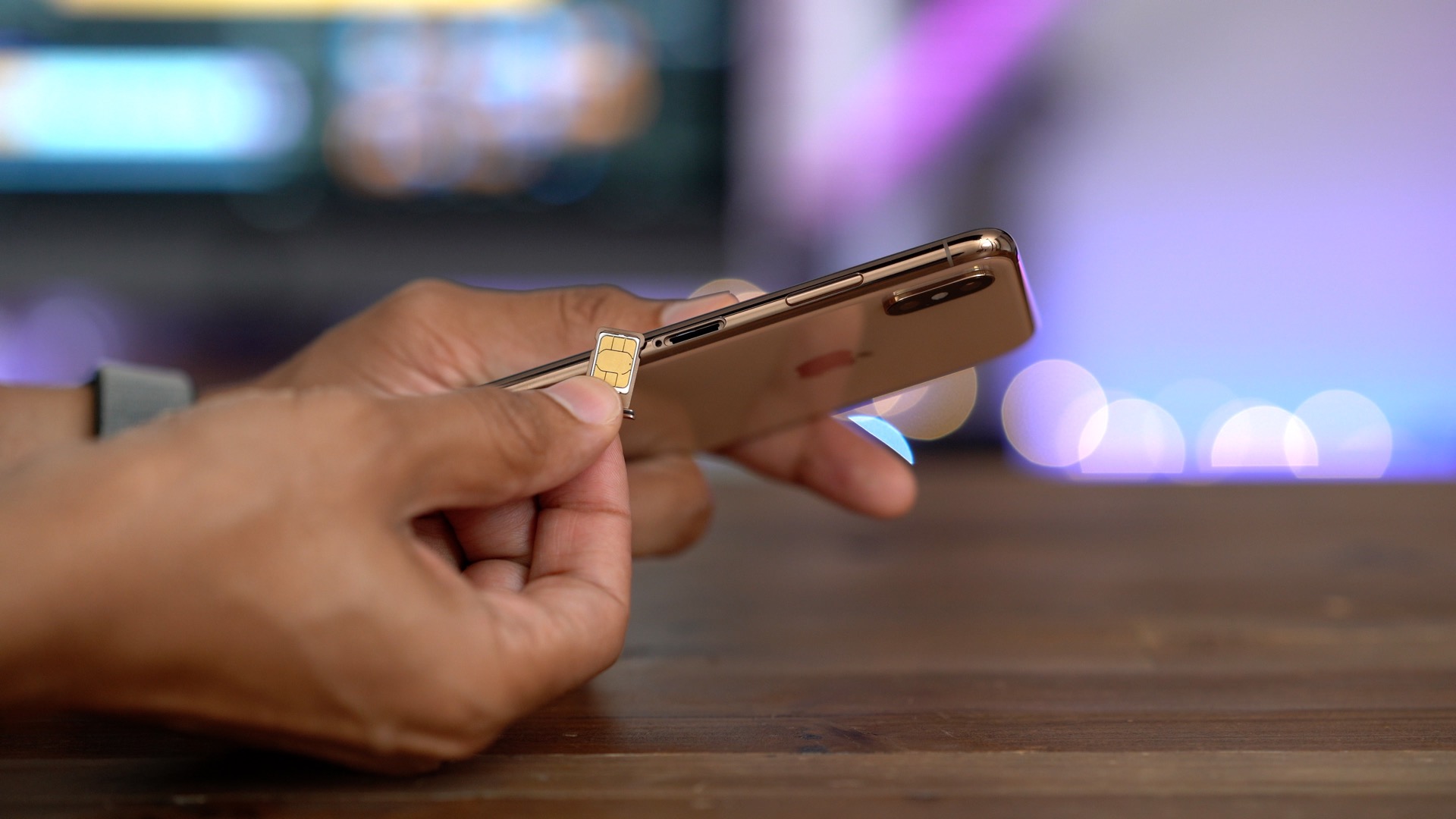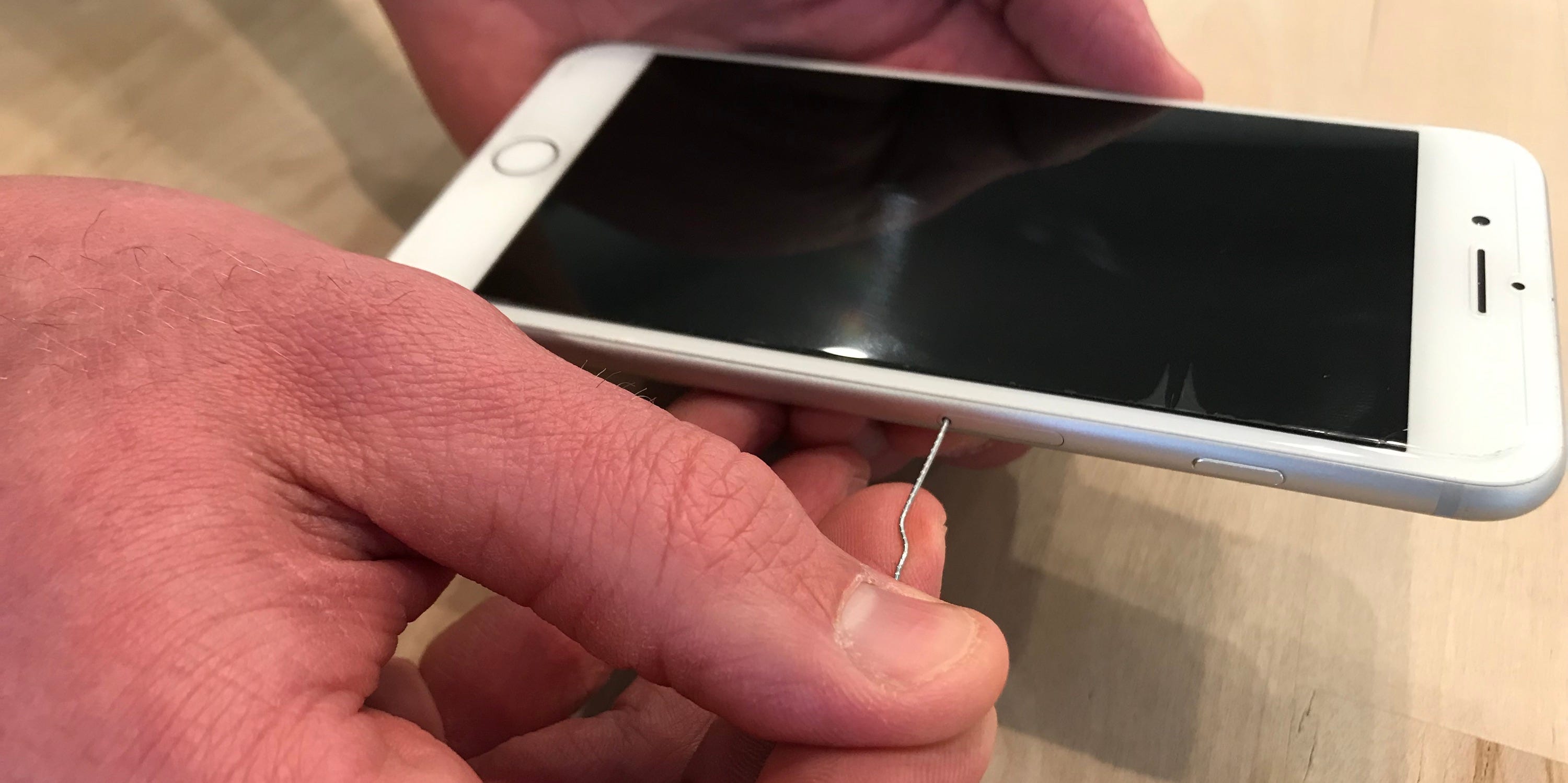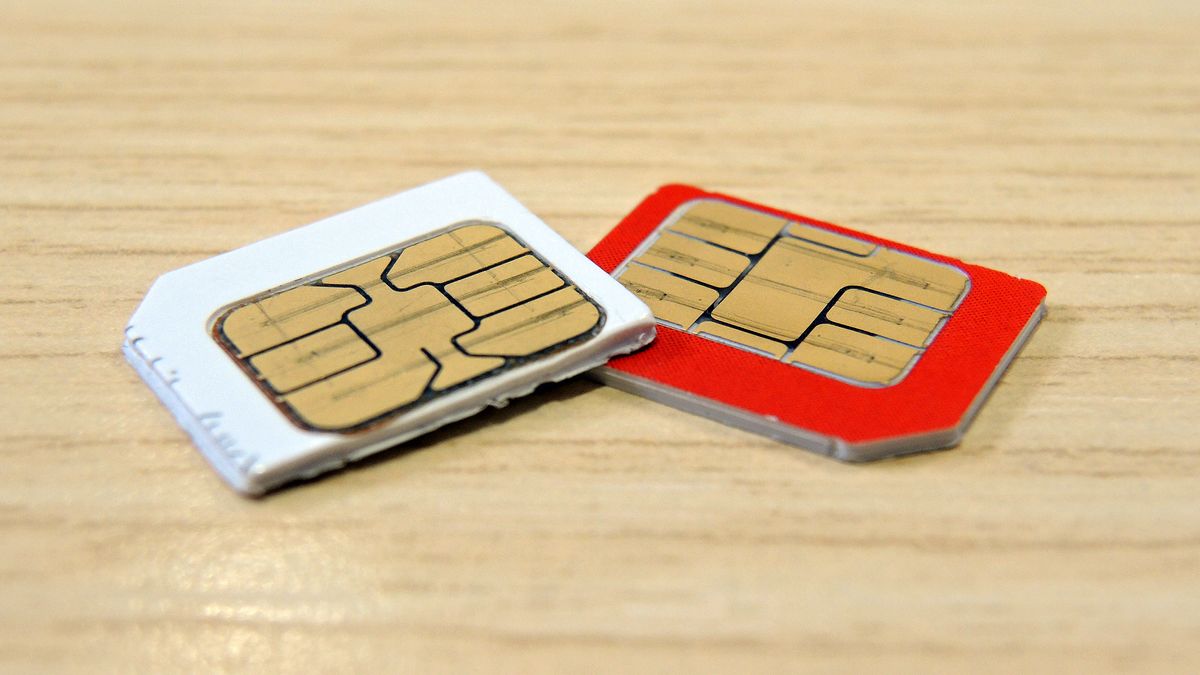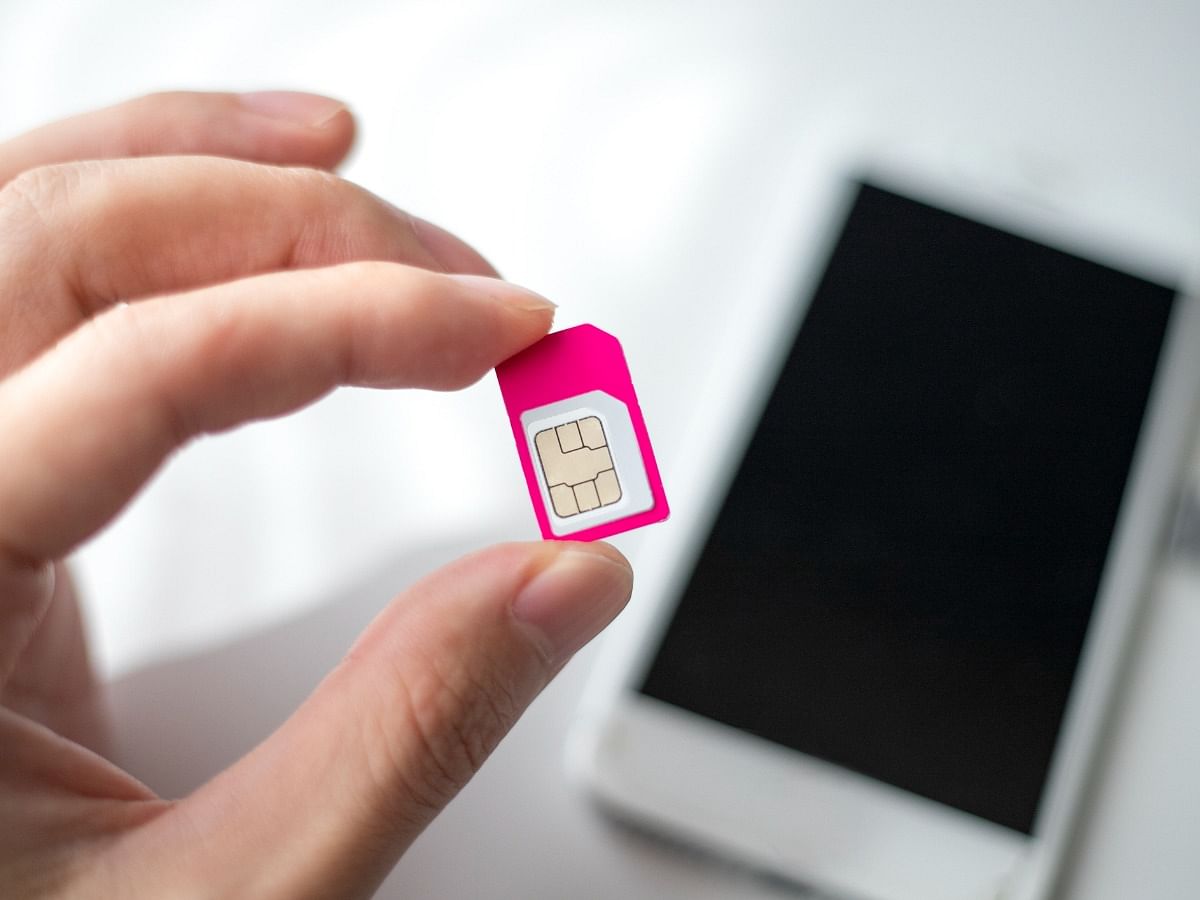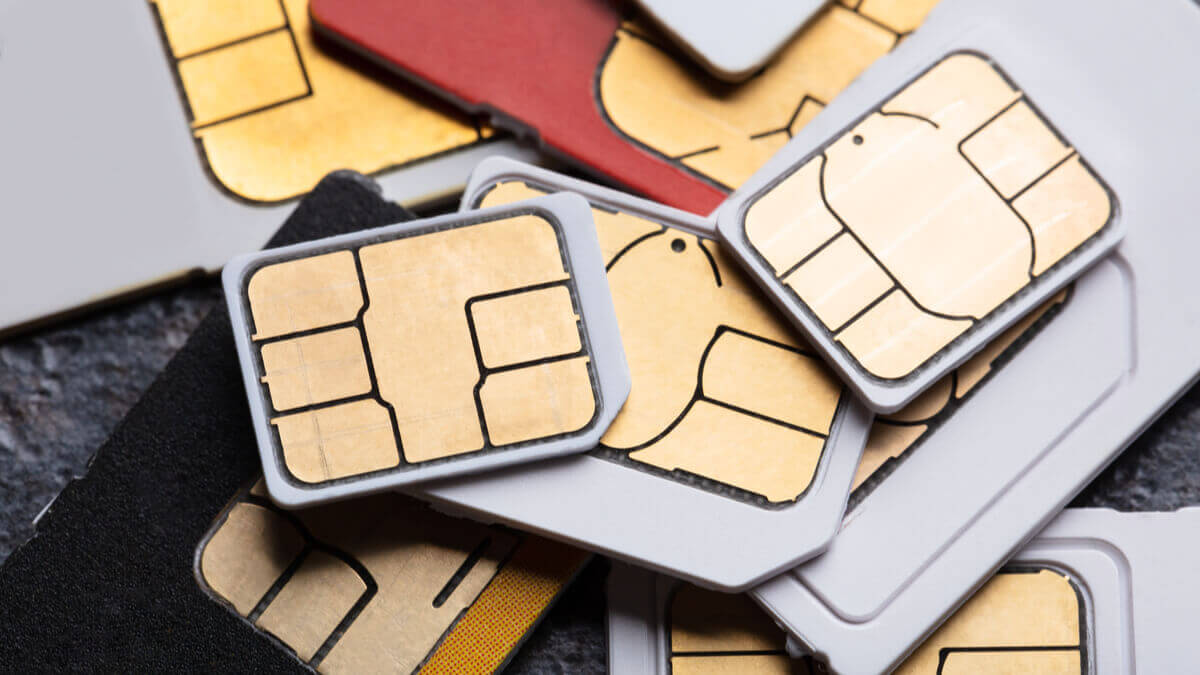Introduction
Changing SIM cards in mobile devices is a common occurrence in today's fast-paced digital world. Whether it's due to upgrading to a new phone, switching to a different carrier, or traveling internationally, the need to swap SIM cards can arise unexpectedly. While this process may seem routine, it's essential to understand the potential for data loss that comes with it.
In the modern era, mobile devices have become an integral part of our daily lives, serving as repositories for a wealth of personal and professional information. From contact lists and messages to photos, videos, and app data, our smartphones store a treasure trove of valuable data. When a SIM card is changed, there is a risk of losing access to this data, which can have far-reaching implications.
It's crucial for mobile device users to be aware of the potential consequences of changing SIM cards, as well as the measures that can be taken to mitigate the risks. By gaining a deeper understanding of the factors that contribute to data loss during this process, individuals can make informed decisions and implement best practices to safeguard their valuable information.
In the following sections, we will delve into the intricacies of data loss when changing SIM cards, exploring the common causes, the impact of such loss, and effective strategies for preventing it. By equipping ourselves with this knowledge, we can navigate the process of changing SIM cards with confidence and ensure the integrity of our data.
What is Data Loss When Changing SIM Cards?
When changing SIM cards in mobile devices, data loss refers to the potential loss or inaccessibility of information stored on the device. This information encompasses a wide array of data, including contacts, text messages, call logs, photos, videos, and app-specific data. The SIM card itself stores some of this data, such as contacts and messages, and its removal or replacement can result in the temporary unavailability of this information. Moreover, the process of swapping SIM cards can also disrupt the seamless integration of the device with the cellular network, potentially leading to a loss of network-related data and settings.
It's important to note that data loss when changing SIM cards can manifest in various forms, ranging from temporary unavailability to permanent deletion. For instance, when a new SIM card is inserted, the device may need time to reconfigure and retrieve network-specific settings, during which access to certain data may be disrupted. In more severe cases, the replacement of a SIM card without proper precautions can result in the loss of valuable data, particularly if the existing data on the device has not been adequately backed up.
The potential for data loss when changing SIM cards is heightened in scenarios where the process is not executed with care and foresight. Factors such as improper handling of SIM cards, incomplete data migration, and inadequate synchronization with cloud services can exacerbate the risk of data loss. Additionally, the differences in SIM card sizes and formats across various devices can pose challenges during the transition, potentially leading to data-related complications.
Understanding the nuances of data loss when changing SIM cards is essential for mobile device users, as it underscores the need for proactive measures to safeguard data integrity. By recognizing the potential vulnerabilities and intricacies associated with this process, individuals can take preemptive steps to mitigate the risk of data loss and ensure a seamless transition when changing SIM cards.
Common Causes of Data Loss When Changing SIM Cards
The process of changing SIM cards in mobile devices can introduce several potential causes of data loss, ranging from technical complexities to human errors. Understanding these common causes is pivotal in formulating proactive strategies to mitigate the risks associated with data loss during this transition.
-
Improper Handling of SIM Cards: Mishandling the SIM card during the removal or insertion process can lead to physical damage or misalignment, disrupting the device's ability to access crucial data stored on the SIM card. This can result in temporary or permanent data loss, particularly if the SIM card becomes damaged or unreadable.
-
Incomplete Data Migration: When changing SIM cards, it's essential to ensure that all data stored on the existing SIM card is seamlessly transferred to the new one. Inadequate data migration, whether due to oversight or technical constraints, can lead to the loss of contacts, messages, and other SIM-specific data.
-
Inadequate Backup: Failure to back up essential data stored on the device prior to changing SIM cards can significantly heighten the risk of data loss. If the new SIM card encounters compatibility issues or data retrieval challenges, the absence of a recent backup can result in irretrievable data loss.
-
Network Configuration Issues: The process of changing SIM cards can disrupt the device's network settings and connectivity. If the new SIM card is not configured correctly or if network-related data is not seamlessly transferred, it can lead to temporary loss of network functionality and related data, such as call logs and network-specific settings.
-
Differences in SIM Card Sizes and Formats: The variations in SIM card sizes and formats across different devices can pose compatibility challenges during the transition. Incompatibility issues can impede the proper functioning of the new SIM card, potentially leading to data accessibility issues and loss of functionality.
-
Synchronization Failures with Cloud Services: Many mobile users rely on cloud services to synchronize and store their data. However, if these services are not configured or synchronized properly before changing SIM cards, it can result in discrepancies between the data stored on the device and the cloud, potentially leading to data loss or inconsistency.
Recognizing these common causes of data loss when changing SIM cards empowers mobile device users to take preemptive measures to mitigate the associated risks. By addressing these potential vulnerabilities through careful handling, thorough data migration, and proactive backups, individuals can minimize the likelihood of data loss during the SIM card transition.
Impact of Data Loss When Changing SIM Cards
The impact of data loss when changing SIM cards can reverberate across various aspects of an individual's personal and professional life, underscoring the critical importance of understanding and mitigating this risk. From the disruption of essential communication channels to the potential loss of valuable contacts and network-related settings, the ramifications of data loss during the SIM card transition can be far-reaching.
One of the immediate impacts of data loss is the temporary unavailability of crucial information stored on the SIM card, such as contacts and messages. This can impede communication and hinder the seamless functioning of the device, potentially leading to missed opportunities and disruptions in personal and professional interactions. Moreover, the loss of call logs and network-specific settings can further exacerbate the impact, affecting the device's ability to maintain a seamless connection with the cellular network.
In the realm of personal data, the loss of photos, videos, and app-specific information can have emotional and practical repercussions. Precious memories captured in photos and videos may become temporarily inaccessible, causing distress and inconvenience. Additionally, the potential loss of app-specific data, such as saved preferences and settings, can disrupt the user experience and necessitate time-consuming reconfigurations.
From a professional standpoint, the impact of data loss can extend to the realm of productivity and connectivity. The unavailability of crucial contact information and communication logs can hinder effective collaboration and communication with colleagues and clients. Furthermore, network-related data loss can disrupt the seamless integration of the device with corporate networks, potentially impeding access to essential resources and applications.
Beyond the immediate implications, data loss when changing SIM cards can also erode trust and confidence in the reliability of the device and the associated services. Users may experience frustration and apprehension, particularly if the loss of data leads to prolonged disruptions or challenges in data recovery. This can diminish the overall user experience and engender a sense of vulnerability regarding the integrity of their data.
By recognizing the multifaceted impacts of data loss when changing SIM cards, individuals can appreciate the urgency of implementing proactive measures to safeguard their data. The potential disruptions in communication, the emotional distress stemming from inaccessible memories, and the professional ramifications underscore the need for meticulous planning and data protection strategies during the SIM card transition. With a comprehensive understanding of these impacts, mobile device users can navigate the process of changing SIM cards with heightened awareness and preparedness, minimizing the potential fallout of data loss.
Preventing Data Loss When Changing SIM Cards
Preventing data loss when changing SIM cards requires a proactive and comprehensive approach aimed at safeguarding the integrity of valuable information stored on mobile devices. By implementing a series of strategic measures, mobile device users can mitigate the risks associated with data loss during the SIM card transition, ensuring a seamless and secure experience. Here are essential strategies to prevent data loss when changing SIM cards:
-
Thorough Data Backup: Prior to changing SIM cards, it is imperative to perform a thorough backup of all essential data stored on the device. This includes contacts, messages, photos, videos, and app-specific information. Utilizing cloud-based backup services or local backups ensures that valuable data is securely stored and easily retrievable in the event of any unforeseen data loss during the transition.
-
Careful SIM Card Handling: Handling the SIM card with care during the removal and insertion process is crucial. Avoiding physical damage or misalignment of the SIM card helps maintain the integrity of the data stored on it. Ensuring that the SIM card slot is clean and free from debris further contributes to a smooth transition without risking data loss.
-
Complete Data Migration: When transitioning to a new SIM card, thorough data migration is essential to ensure that all SIM-specific information, including contacts and messages, is seamlessly transferred. Verifying the successful transfer of data and confirming its accessibility on the new SIM card is pivotal in preventing data loss.
-
Network Settings Verification: After changing SIM cards, it is important to verify and reconfigure network settings to ensure seamless connectivity. This includes confirming network-specific configurations and ensuring that the device integrates seamlessly with the new SIM card and carrier network. Proper network configuration minimizes the risk of data loss related to network settings and call logs.
-
Utilizing Cloud Synchronization: Leveraging cloud synchronization services for contacts, messages, and other essential data provides an added layer of protection. Ensuring that cloud synchronization is active and up to date before changing SIM cards helps maintain data consistency and accessibility, reducing the risk of data loss.
-
Testing and Verification: After the SIM card transition, thorough testing and verification of data accessibility and network functionality are essential. This includes confirming the availability of contacts, messages, and network-related settings, as well as testing the device's connectivity and functionality with the new SIM card.
By adhering to these preventive measures, mobile device users can significantly reduce the likelihood of data loss when changing SIM cards. Proactive data backup, meticulous handling of SIM cards, comprehensive data migration, and thorough testing contribute to a seamless transition while safeguarding the integrity of valuable information. Embracing these preventive strategies empowers individuals to navigate the process of changing SIM cards with confidence and peace of mind, ensuring that their data remains secure and accessible throughout the transition.
Conclusion
In conclusion, the process of changing SIM cards in mobile devices entails inherent risks of data loss, stemming from a myriad of factors such as improper handling, incomplete data migration, and network configuration issues. The potential impact of data loss during this transition spans personal, professional, and emotional realms, underscoring the critical importance of proactive measures to safeguard valuable information.
By recognizing the common causes of data loss when changing SIM cards and understanding the multifaceted impacts, mobile device users can navigate this process with heightened awareness and preparedness. The significance of thorough data backup, careful SIM card handling, complete data migration, network settings verification, cloud synchronization, and rigorous testing cannot be overstated. These preventive strategies serve as pillars of data protection, ensuring a seamless and secure transition while mitigating the risks of data loss.
As technology continues to evolve, the reliance on mobile devices as repositories of essential data grows, amplifying the significance of data integrity during transitional processes. The seamless transition from one SIM card to another is not merely a technical endeavor; it is a pivotal step in safeguarding the continuity of communication, preserving cherished memories, and maintaining productivity in professional endeavors.
In essence, the knowledge and implementation of preventive measures serve as the bedrock of data protection when changing SIM cards. By embracing these strategies, individuals can embark on this transition with confidence, knowing that their valuable data remains secure and accessible throughout the process. Ultimately, the proactive approach to data protection during SIM card changes empowers users to navigate the digital landscape with resilience and assurance, ensuring that their mobile devices continue to serve as reliable repositories of their digital lives.










